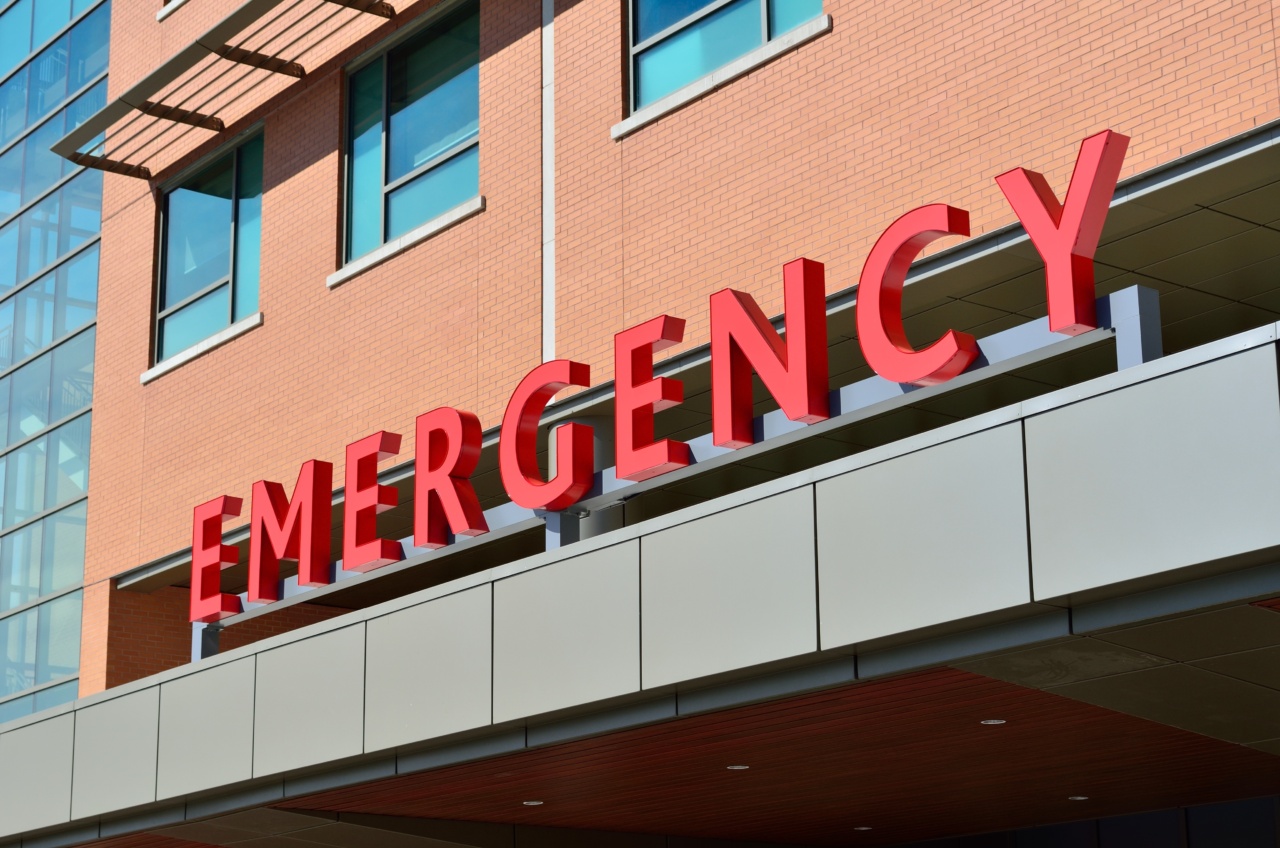Medical technology has come a long way in the past few years and has revolutionized the healthcare industry. In Barda, where various medical treatments are given to patients under critical circumstances, medical technology has an immense significance.
This profile will analyze the advanced medical technology currently available in Barda and also assess how it improves patient care and health outcomes.
Overview of Medical Technologies in Barda
Barda has several world-class medical facilities and earns good faith for consistently maintaining the top quality. Today, the list of medical technologies in Barda is increasing amid the country’s development.
The following are some of the most common medical technologies used in Barda:.
Magnetic Resonance Imaging (MRI)
MRI is a non-invasive diagnostic test that uses a strong magnetic field and radio waves to produce detailed images of the body’s interior.
MRI technology at Barda medical facilities can provide information about diseased tissues in the brain, spine, abdomen, chest, heart, and other areas. The tests offer an accurate and efficient approach to diagnose medical conditions such as tumors, diseases of the nervous system, and blood flow.
Computed Tomography (CT) Scans
CT scans involve the use of x-ray machines to create images or computerized tomographic images of internal organs or bones in the body.
They produce image slices of the body in various positions that are then reconstructed through a computer into two- or three-dimensional representations. CT scans are beneficial for identifying different types of internal injuries or abnormalities that cannot be easily visualized through standard radiographic exams.
Ultrasound
Ultrasound technology utilizes high-frequency sound waves to produce images of internal structures in a patient’s body.
The technology allows medical professionals to create detailed images of organs, tissue, and bone that are useful for diagnosing conditions such as tumors and blood clots.
Endoscopy
Endoscopes are medical devices that are used in endoscopy procedures to visualize internal organs and to remove tissues or organs with very minimal surgical incisions.
In this process a camera attached to the endoscope sends detailed images of internal organs to a screen where the doctor can see them while performing the procedure. The medical staff uses endoscopy for both patient diagnosis and treatment with the latest equipment they have.
Telemedicine
Telemedicine technologies have made it more possible to have patients be remotely diagnosed. The medical professionals in Barda use this technology for teleconsultation, making diagnoses or medical consultation possible from faraway distance.
With this type of technology, the medical professionals can make the initial assessment of a patient, offer a diagnosis, and initiate the early intervention strategies.
Artificial Intelligence
Artificial intelligence has started playing a considerable role in healthcare technology, specifically in knowledge representation, decision support, and cognitive learning systems.
In Barda, AI systems are used in tasks like analyzing big data sets that humans can’t possibly handle. They can detect the warning signs of diseases and help medical practitioners in prescribing accurate treatments.
Robot-Assisted Surgery
Robotic-assisted surgery is an advanced surgical system that allows doctors to operate on patients with extreme precision. In Barda, medical technology in the form of robotic surgery is being used in complex surgeries.
With this, speed increases, the patient’s blood loss reduces, and the patient experiences fewer complications post-operation.
Digital Records and Management Systems
Barda’s medical technology utilizes electronic tools that can store and retrieve patients’ information required for diagnosis and treatment.
This technology tracks a patient’s medical history and progress, which allowed the doctors to provide better treatment plans and long-term patient care.
The Benefits of Medical Technology in Barda
Today, medical technology has made considerable improvements hence Barda medical practitioners derive a lot of benefits such as:.
-
Better Diagnostics: Medical technologies have significantly improved diagnosis accuracy; with MRI scans and ultrasounds, medical professionals can discover diseases that would have gone unnoticed with standard medical tests.
-
Cost-Efficiency: Required surgical procedures carried out with robotic technology save money and time for patients and medical professionals. This also reduces the need for repeated testing and cutting down on unnecessary travel costs.
-
Remote Access: With telemedicine, medical professionals can offer accurate medical advice to underprivileged people living in remote areas that constitute a significant portion of Barda population, and especially during a pandemic when the patients require certain medical services.
-
Improved Life Quality: Medical technology has helped medical professionals to create more personalized and holistic patient care plans.
This includes precise diagnoses that lead to better outcomes, targeting complex patient illnesses, and accurate medication that reduces the risk of side effects.
The Drawbacks of Medical Technology in Barda
Despite the numerous benefits that technological advancements have brought to Barda, some drawbacks include:.
-
High Capital Cost: The cost of most medical technology is high; hence the average Barda citizen can’t access the available technology. This creates a wide economic gap between the rich and the poor.
-
Lack of Certain Expertise: Although medical technology has created immense benefits for most patients, not all medical practitioners have the skills needed to use the technology.
In certain scenarios, only a small subset of medical professionals is trained to use such technologies, limiting accessibility in certain facilities.
-
Dependency: Medical technology has created a dependency problem, and some medical professionals rely only on technology to diagnose issues. This can hinder expert-based decision-making skills.
-
Data Security Concerns: The ever-increasing trend in storing patient’s health-related data in digital format raises security concerns. As a result of hacking and data breaches, patients’ information could be lost.
Conclusion
Medical technology is an essential component in Barda’s healthcare industry. Barda’s medical facilities continue expanding with increasingly innovative medical technologies available for use.
Our review has identified various technological advancements that can provide medical treatment for several cases such as diagnosis, surgeries, and therapy. It’s necessary to ensure that medical technology remains accessible and affordable to enable underprivileged people to have access to better healthcare, hence the government should develop policies to make advanced treatments accessible to all.































